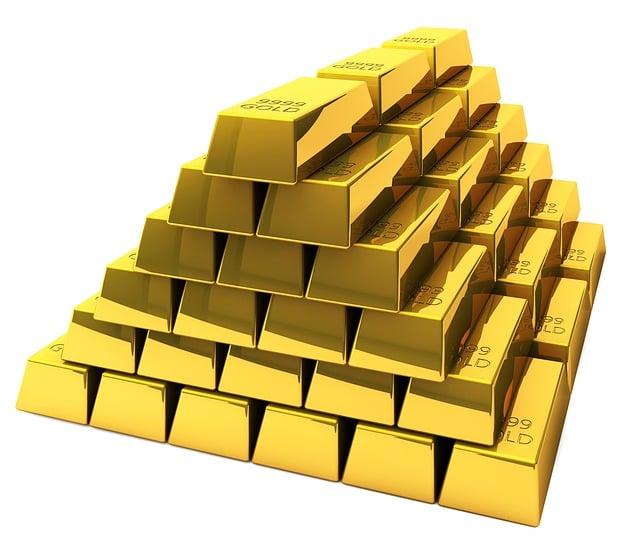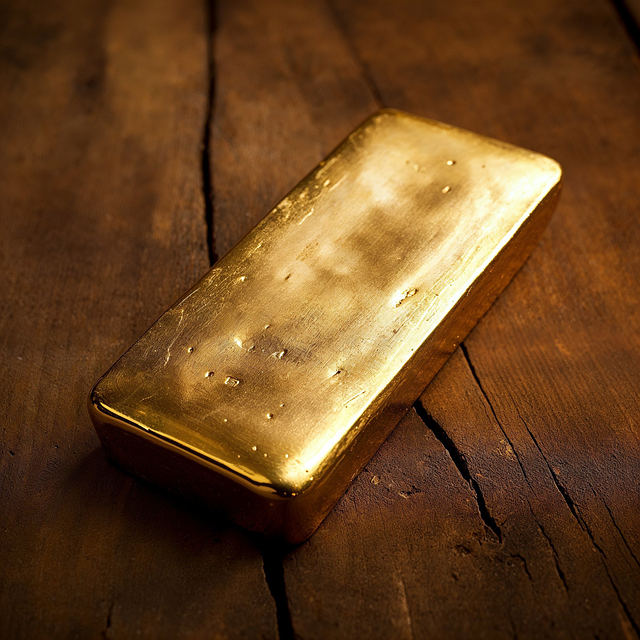
Legacy precious metals offer a timeless investment strategy that provides stability against market volatility and economic uncertainty. These metals—gold, silver, platinum, and palladium—maintain their value due to finite supplies and consistent demand, acting as a hedge against inflation and an intergenerational asset for securing financial legacies. Integrating them into investment portfolios can enhance diversification with lower costs compared to traditional investments, which often come with higher management fees and market risks. Investors in legacy precious metals face a predictable fee structure that includes purchase fees, storage fees, insurance costs, and taxes. Understanding these fees is crucial for accurate financial planning, as they influence both the initial investment and the long-term maintenance of holdings. Legacy Precious Metals provides transparent fee information to aid investors in aligning their decisions with strategic goals, ensuring that their precious metals investments are cost-effective and secure over time.
Explore the timeless allure and financial stability offered by Legacy Precious Metals through an in-depth guide. This article demystifies their enduring value and provides a nuanced analysis of their place in a well-rounded investment portfolio. Delve into the intricacies of navigating Legacy Precious Metals fees, where strategic understanding can significantly enhance your returns. With key insights on maximizing investment potential while minimizing expenses, this comprehensive guide serves as an indispensable resource for investors and enthusiasts alike.
- Unveiling the Enduring Value of Legacy Precious Metals: A Comprehensive Analysis
- Navigating Legacy Precious Metals Fees: Strategies for Maximizing Your Investment's Potential
Unveiling the Enduring Value of Legacy Precious Metals: A Comprehensive Analysis

Legacy precious metals represent a timeless investment that has withstood the test of time, offering a form of wealth preservation that transcends market fluctuations and economic uncertainties. The intrinsic value of metals such as gold, silver, platinum, and palladium is underpinned by their finite supply and consistent demand across generations. This enduring appeal not only safeguards against inflation but also serves as a tangible asset that can be passed down through families, thus ensuring the longevity of financial legacies.
Investors often consider legacy precious metals as a cornerstone of diversification within their investment portfolios. Unlike traditional investments that may be subject to management fees and market risks, legacy precious metals come with transparent costs, primarily encapsulated in the legacy precious metals fees for storage, insurance, and purchasing. These fees are typically lower than those associated with managed funds or brokerage services, making them an attractive option for those seeking a cost-effective way to preserve and grow their wealth over time. The predictability of these costs is a key advantage, as it allows investors to plan more effectively for the long-term performance of their holdings.
Navigating Legacy Precious Metals Fees: Strategies for Maximizing Your Investment's Potential

When investing in Legacy Precious Metals, understanding and navigating the associated fees is crucial to maximizing the potential of your investment. Unlike traditional financial instruments, precious metals involve a unique set of costs that can impact both the initial outlay and the ongoing management of your holdings. To begin with, it’s important to be aware of the purchase fees, which include premiums over the spot price for the metal itself. These premiums cover the dealer’s overhead and profit margin, as well as the costs associated with minting, fabrication, and distributing the coins or bars. By shopping around, investors can often find competitive rates that balance quality with cost-effectiveness.
Furthermore, owning physical precious metals requires vigilance regarding storage fees, insurance premiums, and potential tax implications. Depending on whether you choose to store your assets with a third-party depository or at home, the costs will vary. Dealer-provided storage might come with its own set of fees, which can be higher than self-storage but offer added security and convenience. For those opting for home storage, it’s essential to factor in the cost of a secure storage solution and insurance to protect against theft or disaster. Additionally, understanding the tax treatment of your precious metals investment is key to avoiding unnecessary expenses. Legacy Precious Metals provides investors with transparent fee structures, enabling informed decisions that align with their investment strategy and goals. By carefully considering each fee component and its impact on long-term returns, investors can effectively navigate the costs associated with their precious metals portfolio, ensuring their assets work for them in a way that’s both prudent and profitable.
Legacy precious metals serve as a durable asset class, offering resilience and potential growth in diverse investment portfolios. This guide has delved into the enduring value of these metals, revealing their role as a hedge against inflation and market volatility. It has also shed light on the pivotal aspect of managing legacy precious metals fees to maximize returns and ensure the longevity of one’s investment. By understanding both the intrinsic worth of these assets and the practical considerations of their fees, investors can make informed decisions that align with their long-term financial goals. As a final note, incorporating legacy precious metals into an investment strategy can be a shrewd move for those looking to diversify and safeguard their wealth against uncertainties.







